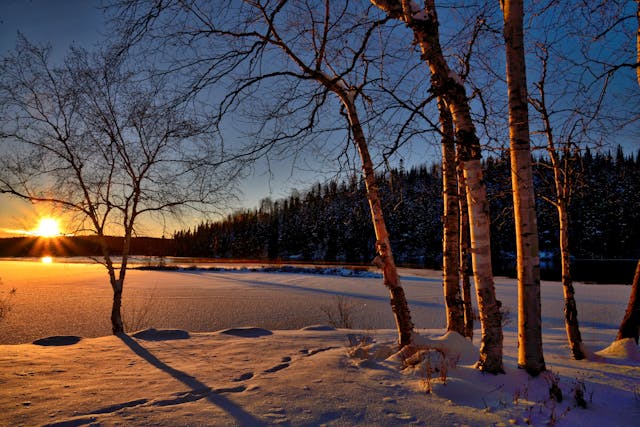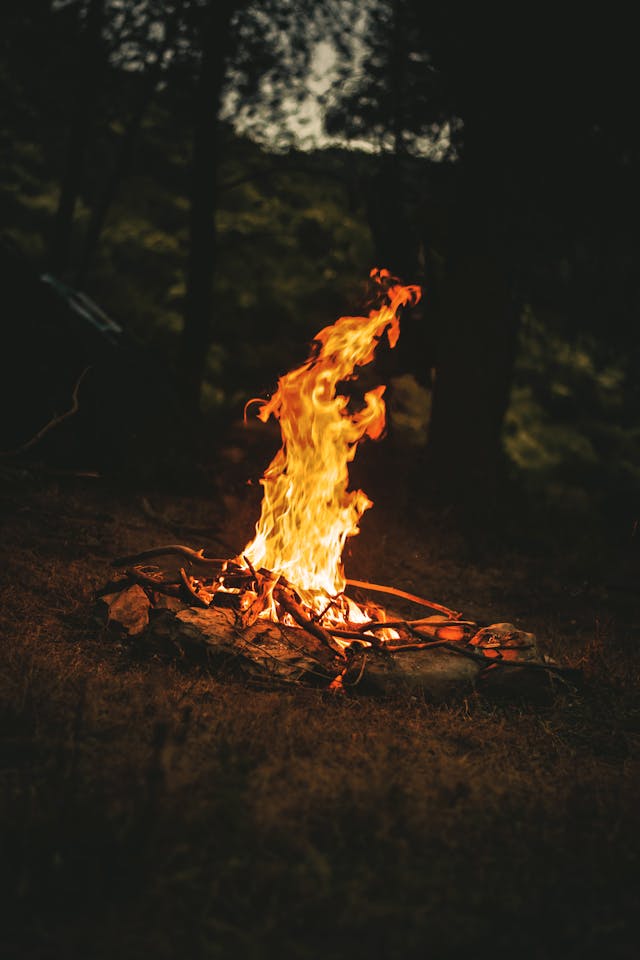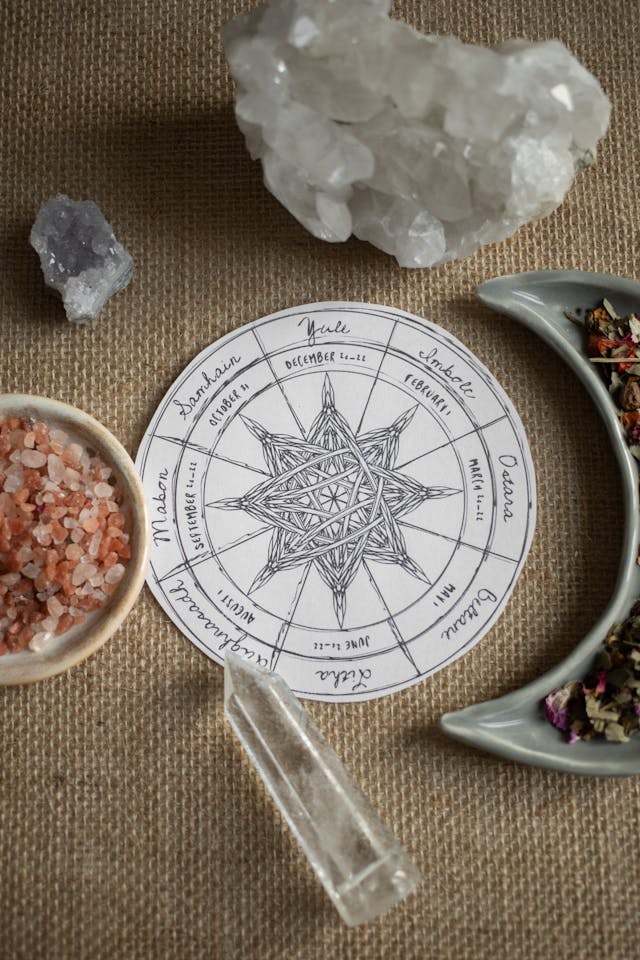As the shortest day of the year and the official start of winter, the winter solstice has captivated humanity for millennia. Falling around December 21st in the Northern Hemisphere, this astronomical phenomenon is more than just a fleeting moment in time; it has served as a beacon of hope, a spiritual turning point, and an occasion for joyous celebrations. From ancient pagan traditions to modern festivities in around the globe, the winter solstice continues to inspire and unite people, even on the darkest of days.

The winter solstice marks the point when the Earth’s axial tilt is farthest from the Sun, resulting in the least amount of daylight. For ancient peoples who lived closely attuned to the cycles of nature, this was a momentous occasion. It signified the promise of the Sun’s gradual return and longer days to come. In the United Kingdom, the solstice was revered by pagans, particularly the Celts and Druids. Stonehenge, an iconic prehistoric monument, aligns precisely with the solstice sunrise, suggesting its significance as a place of ritual and celebration. The solstice was also marked by feasting, fire rituals, and communal gatherings. These customs were symbolic of banishing darkness, honouring the rebirth of the Sun, and fostering a sense of community during the cold, harsh winter months.
Similarly, in the early days of America, Native American tribes recognized the solstice through ceremonies and storytelling that honoured the natural cycles. While specific practices varied across tribes, many shared a profound respect for the balance between light and dark and the renewal inherent in the solstice.

Modern solstice celebrations in the UK and America carry echoes of these ancient traditions. In the UK, the gathering at Stonehenge remains a cherished ritual. Each year, hundreds of people—pagans, druids, and curious visitors alike—gather to watch the Sun rise and cast its light through the monument’s ancient stones. The festival has evolved into a colourful, inclusive event blending spirituality with a festive atmosphere. Across the country, Christmas markets, light displays, and seasonal feasts take inspiration from these ancient celebrations, intertwining them with more recent Christian and secular traditions.
In America, the solstice is celebrated in diverse ways, reflecting the nation’s multicultural heritage. Many communities host solstice festivals featuring bonfires, music, and storytelling. Candlelight yoga sessions, meditative retreats, and nature walks are increasingly popular, offering a modern, introspective twist on ancient practices. Some people use the solstice as an opportunity to reflect on their own personal “rebirth,” setting intentions for the coming year as they bid farewell to the old.
Why do we continue to celebrate the winter solstice? At its core, the solstice represents hope and renewal. It reminds us that even in the darkest times, light and warmth will return. It’s a celebration of survival, resilience, and the interconnectedness of all living things. For many, observing the solstice offers a chance to slow down, connect with nature, and reflect on the rhythms of life. It’s a moment to appreciate both the darkness and the light—both literally and metaphorically—that shape our existence.

From the reverent rituals of ancient pagans to the joyous festivities of modern communities, the winter solstice continues to bring people together. Whether through a candlelit ceremony, a warm cup of mulled wine, or a simple moment of gratitude, the shortest day of the year serves as a timeless reminder of life’s cycles and the enduring power of hope.
Love Life x
References
- Darvill, T. (2016). Stonehenge: The Biography of a Landscape. London: Amberley Publishing.
- Pennington, R. (2020). “How Pagans Celebrate the Solstice Today.” The Guardian.
- Wilson, A. (2021). “Winter Solstice Traditions in America.” National Geographic.
- NASA Science. (2022). “What Is the Winter Solstice?” NASA.gov.
- Algeo, J. (2018). The Magic of the Winter Solstice. HarperCollins.

